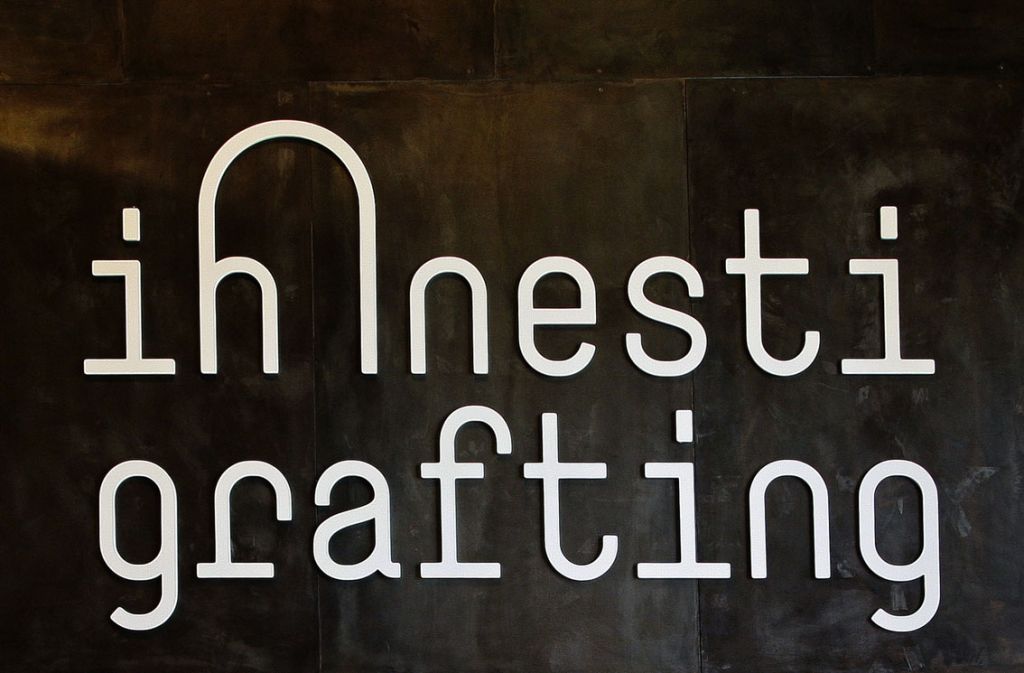Edition: 14. International Architecture Exhibition - Fundamentals diretta da Rem Koolhaas (7 giugno – 23 novembre 2014)
Title of the Italian Pavilion: Innesti/Grafting
Curator: Cino Zucchi
Catalogue: Innesti/Grafting, Padiglione Italia, 14. Mostra Internazionale di Architettura La Biennale di Venezia, a cura di Cino Zucchi, Marsilio, Venezia 2014
Nel progetto Innesti/Grafting, pensato per il Italian Pavilion alla 14. Mostra Internazionale di Architettura – La Biennale di Venezia (7 giugno – 23 novembre 2014), il curatore Cino Zucchi parte dal seguente assunto: “L’architettura italiana dalla prima guerra mondiale a oggi mostra una modernità anomala, rappresentata dalla grande capacità di interpretare e incorporare gli stati precedenti attraverso metamorfosi continue. Non adattamenti formali a posteriori del nuovo rispetto all’esistente, ma piuttosto innesti capaci di trasfigurare le condizioni del contesto in una nuova configurazione: un atteggiamento visto un tempo da alcuni come nostalgico o di compromesso, ma oggi ammirato dall’Europa e dal mondo come il contributo più originale della cultura progettuale italiana”.
Il progetto è quindi un racconto della nostra migliore architettura da un punto di vista inedito. Opere antiche, recenti e contemporanee sono scelte con gli occhi di un botanico piuttosto che con quelli di uno storico, con modalità originali per svelare la loro capacità di unire indissolubilmente interpretazione e innovazione, materia esistente e forma futura.
La proposizione fondamentale del Padiglione, l’innesto come motivo conduttore dell’architettura italiana nei secoli, è rappresentata sia con la lettura dei progetti esposti sia attraverso la struttura stessa del percorso espositivo e del suo impianto scenico, fino a creare un unico grande ritratto dal forte impatto visivo e formale, dove ogni elemento mette in rappresentazione la tesi secondo modalità proprie.
Nella mostra del Padiglione Italia non c’è l’idea di un’evoluzione lineare, bensì l’esame di singoli episodi o eventi progettuali legati nel tempo da relazioni inaspettate. Se la modernizzazione ha coinvolto nell’ultimo secolo l’intera penisola, il caso di Milano è assunto come esemplare “laboratorio del moderno”, le cui vicende architettoniche e urbanistiche degli ultimi cento anni – ma anche alcuni momenti cardine della sua storia passata – mostrano le particolari modalità assunte da progetti dalla grande carica trasformativa al confronto con la struttura urbana preesistente. Nella seconda parte della mostra sono esposti una serie di collage di architettura con la suggestiva rappresentazione di un grande paesaggio contemporaneo costituito da immagini di progetti recenti dove architetti di varie generazioni si confrontano con contesti impegnativi. Una serie di “cartoline” autografe di architetti stranieri che restituiscono un’interpretazione sintetica della particolare condizione italiana vista da diversi angoli del mondo. Ad aprire e chiudere la mostra due segni, due “innesti” fisici nel contesto dell’Arsenale firmati dallo stesso Cino Zucchi: il grande portale arcuato dell’ingresso adiacente le Gaggiandre e una grande panca-scultura che si è sviluppata tra gli alberi nel Giardino delle Vergini.
In occasione della presentazione della mostra, il Padiglione Italia lancia un invito pubblico teso a raccogliere una serie di video capaci di interpretare i luoghi della vita collettiva in Italia realizzati da studenti, persone comuni, videomaker. Una selezione di questi video costituisce l’opera corale Paesaggi Abitati a cura di Studio Azzurro, volta a indagare come l’uomo interagisce con le trasformazioni dettate dall’architettura e come a sua volta le adatti ai suoi bisogni quotidiani.
Ultimo aggiornamento in data 31 March 2025


